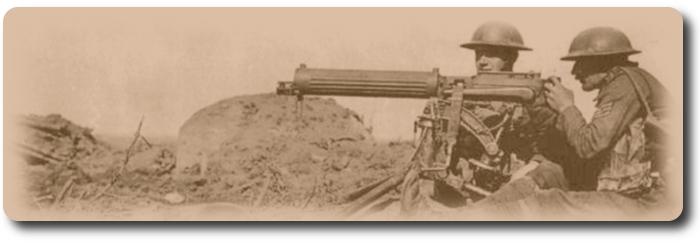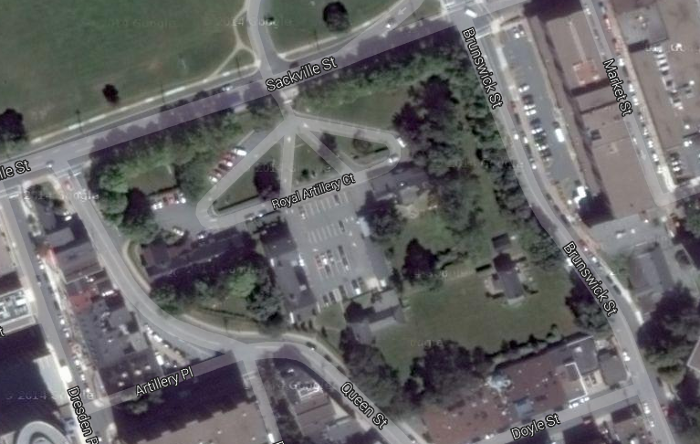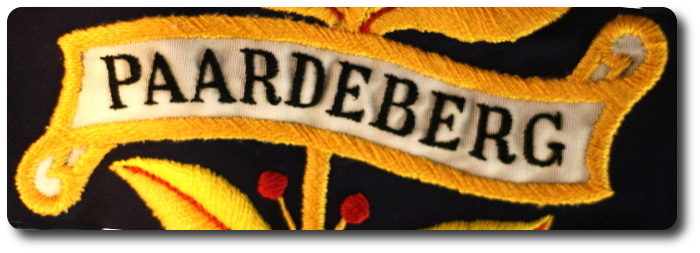Topic: The RCR

Our Permanent Troops, III.
"C" Company, Infantry School Corps, Toronto.
The Dominion Illustrated, Vol. VI. No. 136; Montreal and Toronto, 7 January 1891
 This well-known company was raised at the same time as "A" and "B" companies, under the following officers: Lieut.-Col. Otter, Commandant; Major Smith, Lieutenants Sears and Wadmore, Sr. Strange. Particulars of the recruiting and organization of the corps has already been fully given in this journal (Vol. v., p. 303. — Unfortunately, this edition is not in the accessible archive).
This well-known company was raised at the same time as "A" and "B" companies, under the following officers: Lieut.-Col. Otter, Commandant; Major Smith, Lieutenants Sears and Wadmore, Sr. Strange. Particulars of the recruiting and organization of the corps has already been fully given in this journal (Vol. v., p. 303. — Unfortunately, this edition is not in the accessible archive).
The detachment now under mention was stationed in Toronto, occupying the New Fort barracks. The buildings were erected in 1840-41, and were continuously occupied by Her majesty's troops until 1870, when all Imperial garrisons were withdrawn from British North America, with the exception of Halifax; the barracks are of a most substantial nature, replacing the ruinous sheds known as Old Fort, so long the only home of the garrison. On the memorable 27th March, 1885, when the news flashes through Canada of the armed rebellion in the North-West, and of the killing and wounding of many loyal volunteers by the rebel half-breeds, "C" Company was one of the first corps ordered out for active service. Its record there was an highly honorable one, and can best be summed up by a paragraph in one of General Middleton's reports:—
"C" School, owing to its comparative propinquity to the scene of the action, was the only one of the schools fortunate enough to go to the front in the late expedition. Its conduct during the severe and trying march through the gaps, and subsequently during the campaign, whether on the march or in the face of the enemy, was such as to deserve the highest praise, and redounds greatly to the credit of its commandant, Lieut.-Col. Otter, and his officers. Lieut.-Colonel Otter also did good service in command of a column.
Proportionately to the strength of the Company, it suffered severely throughout the campaign, having 11 casualties. It was engaged in the actions at Fish Creek, Cut Knife and Batoche, at which fight a detachment, under command of Major Smith, was on board of the steamer "Northcote," intended to operate in conjunction with the main body of the land forces under General Middleton. "C" Company remained on duty in the North-est until November, 1885, when it returned to Toronto, and since then has been of great service as the school for the military instruction of the officers and non-commissioned officers of the Ontario Militia, no less than 340 officers and 560 non-commissioned officers and men having been admitted within the last six years. The company is under the command of Lieut.-Col. Otter, who is also the Deputy Adjutant-General for Military District No. 2. A detailed sketch of the life and services of this talented officer will be found on page 342, volume V., of this journal (see below). Lieut.-Col. Otter is ably assisted by the following officers, portraits of whom will be found on another page of this issue, namely: Major Vidal, Capt. MacDougall, Lieuts. Evans and Laurie, and Dr. Strange, surgeon of the detachment.
We also present views of the officers quarters, barracks and other buildings used by the corps; they are beautifully situated on the shores of lake Ontario, and we sincerely hope that before long they and the other barracks occupied by the several companies of the Infantry School Corps will be tenanted by battalions instead of by companies, and that our Canadian Regular Infantry will thus form a brigade with the very moderate establishment of three thousand men. Such an increase would do wonders for the active militia at large by the ability of the permanent troops to then furnish adjutants and sergeants-major to every volunteer regiment in the Dominion, besides furnishing ample detachments to keep occupied and in repair the various forts and military buildings bequeathed to us by the Imperial authorities, and which are presently rapidly falling into decay and utter ruin. In case of war the very points, now neglected, would be of vital importance in the defence of Canada, and their preservation should be of deep interest to the people at large as on them might depend the security of our homes from an invader.

Lieut.-Col. William Otter, D.A.G., Toronto.
The gallant soldier is a native on Ontario, having been born at Clinton, Huron County, on the 3rd of December, 1843. He received his education in part at the Grammar School, Goderich, and in part at Upper Canada College, Toronto. In October 1861, Mr. Otter joined the Victoria Rifles, Toronto, (Now "F" Company of the Queen's own Rifles) and in December, 1864, was promoted to a lieutenancy in the latter corps. He served as an officer of that rank in the 2nd Administrative Battalion on the Niagara frontier in the winter of 1864-65. In the following August, Lieutenant Otter was appointed adjutant, and in that capacity took part in the repulse of the Fenian raid of 1866, being present at the action of Limeridge. In June, 1869, he was advanced to the status of major, and went to England as second in command of the Wimbledon team in June, 1875. A year later he was made lieutenant-colonel by brevet, and in the summer following obtained command of the corps. During the unhappy riots in Toronto, towards the close of 1875, and in the Belleville G.T.R. strike riots of 1877, he had command of the regiment. In 1883 he commanded the Wimbledon Team, and later in the year was sent to Aldershot to acquire information in connection with the proposed formation of military schools. It was during the North-west rebellion of 1885 that Col. Otter especially distinguished himself. He had command, during the campaign, of the Battleford, or centre column, and made a forced march from the Saskatchewan across the prairie to Battleford (a distance of 190 miles) in five days and a half. He commanded the reconnaissance after Poundmaker, the rebel Indian chief, whose junction with Big Bear he prevented by the engagement at Knife Hill. Had those two chiefs effected a combination and been enabled to reach Riel, the issue of conflict would, at least for a time, have been different. Col. Otter also commanded the Turtle lake column sent out in pursuit of Big Bear at the close of the rising. In July, 1886, he was appointed to the command of Military District No. 2, which he held along with the charge of the Toronto Infantry School Corps ("C" Company) which had been assigned him on his return from England in 1883. Col. Otter is the compiler of a useful manual of military interior economy called "The Guide," which has been accepted as a text book in all our schools of military training. The Colonel, who is now Deputy Adjutant-General, has been married since October, 1865, his wife being a daughter of the late Rev. James Porter, Inspector of Public Schools, Toronto, and formerly Superintendent of Education for New Brunswick. By religious profession Col. Otter is a zealous member of the Church of England.



 On March 13, 1918,
On March 13, 1918, 


 2. The Profession of Arms is an ancient and honorable one. The Homeric Warriors, the Knights of the Round Table, Jeanne d'Arc are part of our heritage.
2. The Profession of Arms is an ancient and honorable one. The Homeric Warriors, the Knights of the Round Table, Jeanne d'Arc are part of our heritage.















 When you stalk an enemy, you need to use all the knowledge and skill that you have learnt in weapon training and fieldcraft lessons.
When you stalk an enemy, you need to use all the knowledge and skill that you have learnt in weapon training and fieldcraft lessons.




 In immediate recognition of their feat [at
In immediate recognition of their feat [at  After a disagreeable day and night in the laager, the
After a disagreeable day and night in the laager, the 


 A word, in conclusion, as to the barracks at Fredericton, of which we give two sketches, may not be without interest. There are three (3) barracks, viz.:—1. Officers' quarters (stone and wood); 2. Mens' barracks (stone); 3. Married non-commissioned officers' and mens' quarters—Park barracks—(wood). These barracks were originally built for a half-battalion of Imperial Infantry, with a Battery of Garrison Artillery, but, by using temporary quarters in town for officers and men, a whole battalion of infantry has, at times, been stationed at Fredericton. With modern requirements, however, these barracks are now adapted for 6 officers, 10 attached officers, 100 permanent non-commissioned officers and men, 30 attached non-commissioned officers and men; total 146 all ranks.
A word, in conclusion, as to the barracks at Fredericton, of which we give two sketches, may not be without interest. There are three (3) barracks, viz.:—1. Officers' quarters (stone and wood); 2. Mens' barracks (stone); 3. Married non-commissioned officers' and mens' quarters—Park barracks—(wood). These barracks were originally built for a half-battalion of Imperial Infantry, with a Battery of Garrison Artillery, but, by using temporary quarters in town for officers and men, a whole battalion of infantry has, at times, been stationed at Fredericton. With modern requirements, however, these barracks are now adapted for 6 officers, 10 attached officers, 100 permanent non-commissioned officers and men, 30 attached non-commissioned officers and men; total 146 all ranks.






